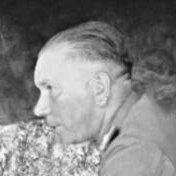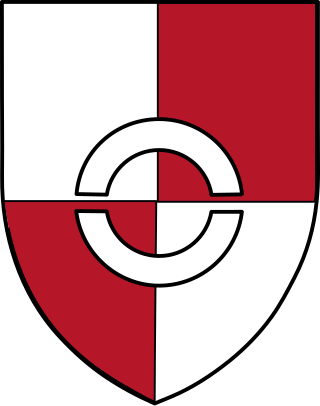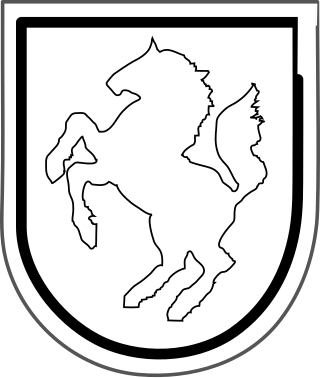XXXXVIII Panzer Corps, was a corps-level formation of the German Army which saw extensive action on both the Eastern and Western Fronts during World War II.

III Army Corps was a corps level formation of the German Army during World War II.

The 4th Panzer Division was an armored division in the Army of Nazi Germany.

The XXXIX Panzer Corps was a German panzer corps which saw action on the Western and Eastern Fronts during World War II.

Walther Nehring was a German general in the Wehrmacht during World War II who commanded the Afrika Korps.

The VI Corps was an infantry corps of the German Army. It fought in several notable actions during World War II.
The Axis order of battle at Stalingrad is a list of the significant land units that fought in the Battle of Stalingrad on the side of the Axis Powers between September 1942 and February 1943.
The XVI Army Corps was a corps in the German Army during World War II.

The 389th Infantry Division was a German division of the Wehrmacht in the Second World War, which fought for example in the Battle of Stalingrad. It was formed on 27 January 1942 in Milowitz.
II Army Corps was a corps in the German Army during World War II.

V Army Corps was a corps in the German Army during World War II.
XIV Panzer Corps was a corps-level formation of the German Army which fought on both the Eastern Front and in the Italian Campaign.
X Army Corps was a corps in the German Army during World War II. It was formed in mid-May 1935 from the Cavalry Division.
XIII Army Corps was a corps of the German Army during World War II. Made up of several divisions, which varied from time to time, it was formed in Nuremberg on 1 October 1937.
LVII Panzer Corps was a panzer corps in the German Army during World War II.
German XXXXIV. Corps was a corps in the German Army during World War II.
LVIII Panzer Corps was a panzer corps in the German Army during World War II.
German XXXV. Corps was a corps in the German Army during World War II.
The LIII Army Corps was a corps of the German Army during World War II. It was first deployed in 1941 and was active as part of various armies under Army Group Centre until 1944, when it was destroyed during the Soviet Red Army operations Bagration and Kutuzov in June and July 1944. The corps suffered enormous casualties as a result of the Soviet attacks. All of its divisions were destroyed and all but a few of the soldiers were killed or captured by the Soviet Union. A new formation named LIII Army Corps was subsequently deployed in December 1944, when it was assigned to Seventh Army and fought on the western front until surrendering to United States Army forces in April 1945.
LV Army Corps was a corps in the German Army during World War II.







